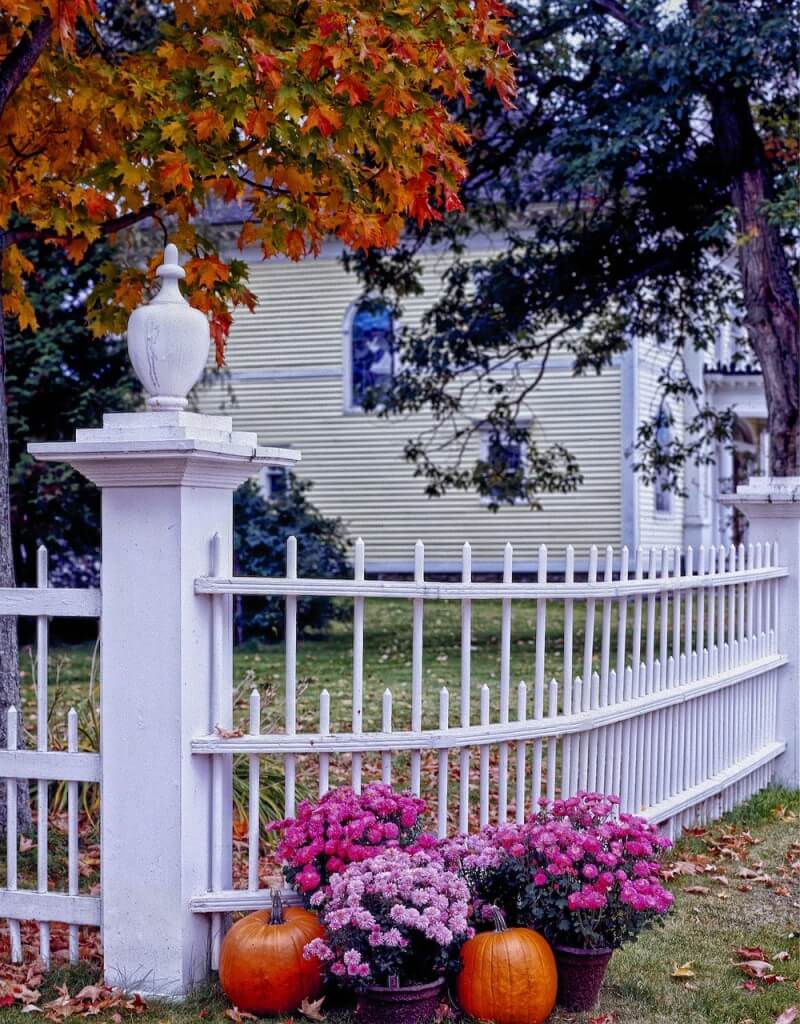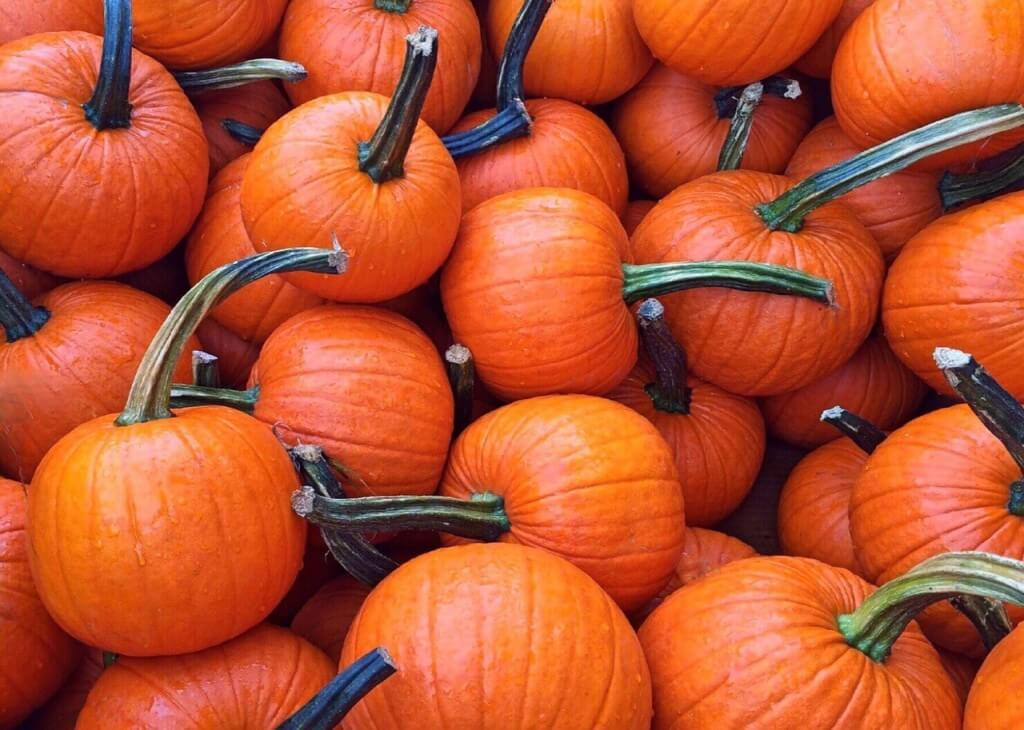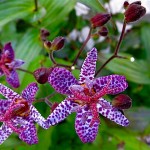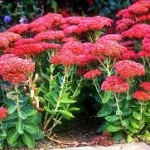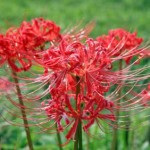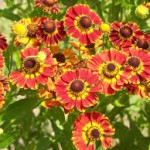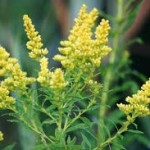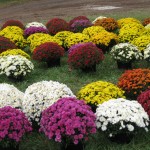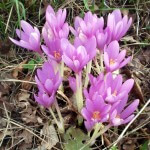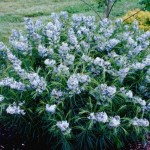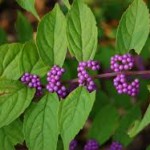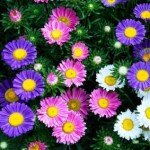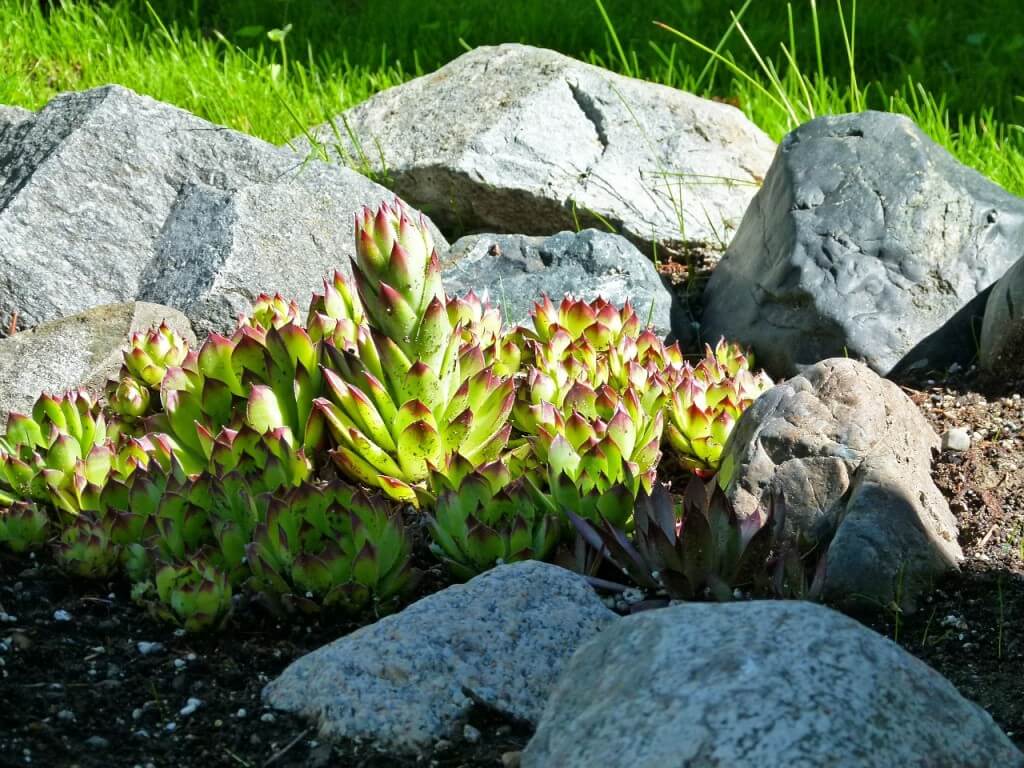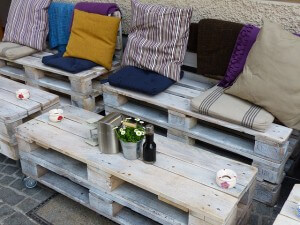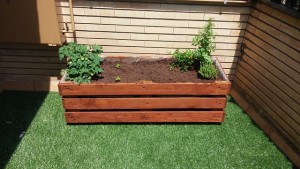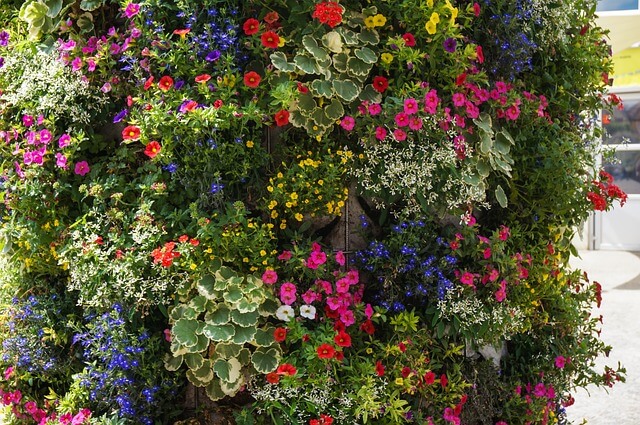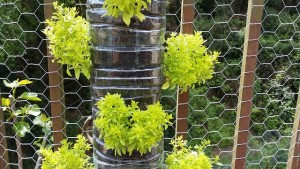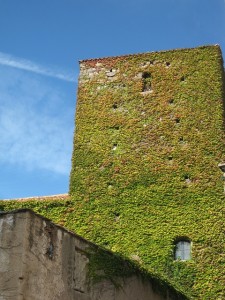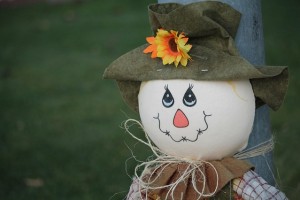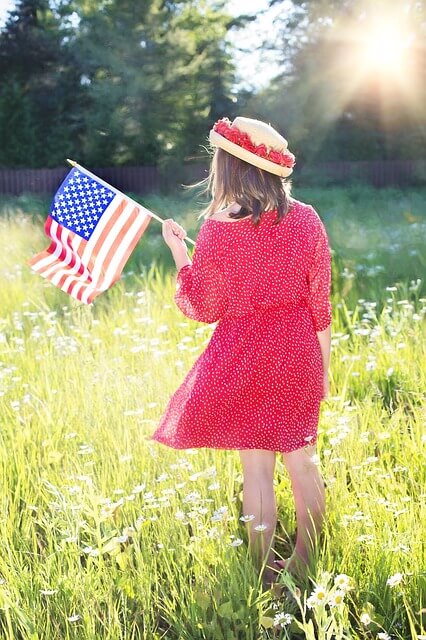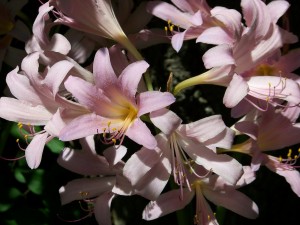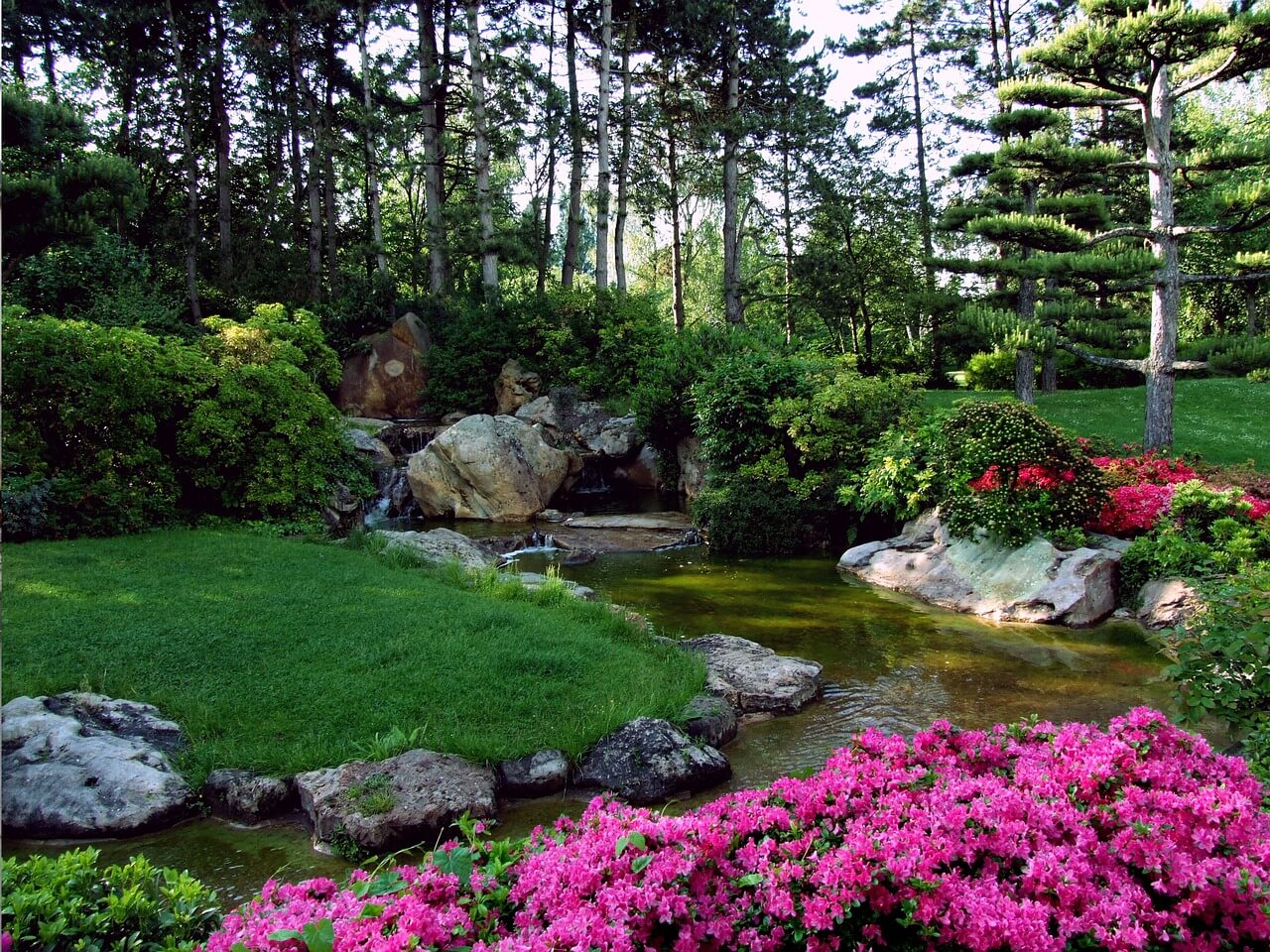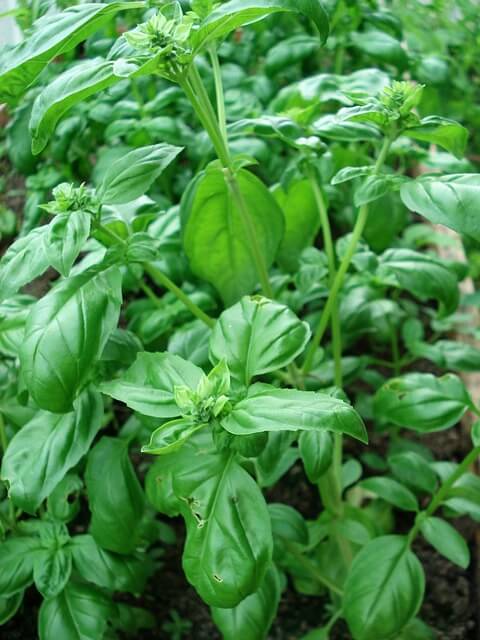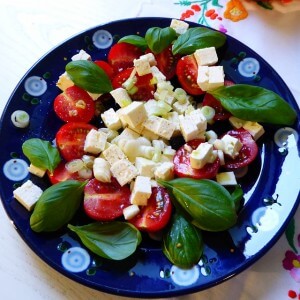Fall is the perfect time to decorate your house. The bright fall flowers with a colorful mixture of fixtures such as pumpkins, vases and other accessories can great the perfect theme for the holidays! Here are a few DIY flower decorations for Thanksgiving.
- Cranberry vases with hydrangeas. These vases are gorgeous centerpieces for any household table! The beautiful purple color mixed with a light green color creates the perfect color palette and mixes well with other pieces.
- Pumpkin gourds and flower fixture. Add a little modern twist on decor with this project! Stack them in multiples on your entry table or scatter them throughout the house.
- Sunflowers and pumpkin vases. Fall doesn’t have to be for dark colors! Use bright yellow sunflowers to add a little pop of brightness to your home. Pumpkins are a great way to be festive and get creative.
- Wildflowers and barrels. Want a more rustic look? Then this is a must have! Great a shabby chic look by adding a large array of wildflowers to a large barrel.
Inspired? Be sure to stop by Whispering Springs Nursery to pick out all the flowers for your decorations! You can visit our site for list of everything we have. You can also check out our Facebook page for updated products! Give us a call at 770-893-1254 and we’d be more than happy to help.



